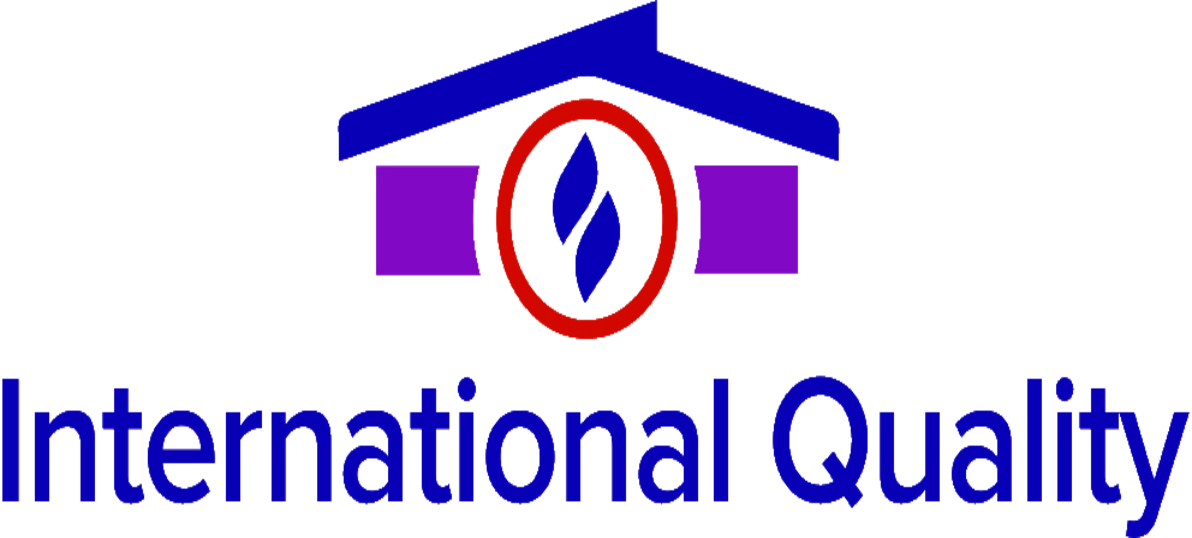Docker enables an unparalleled level of efficiency and flexibility in software development. It automates container distribution, load balancing, and failure handling tasks, making Docker container management more simple and intuitive. Kubernetes, also known as K8, is an open-source container orchestration platform. It is great for automating the deployment, scaling, and operation of containerized applications. Many developers prefer it for managing the complexities and challenges of Docker orchestration at scale.
Consider a service
that under normal circumstances uses 100MB of memory, but depending on load can
“peak” at 500MB. Reserving 500MB for that service (to guarantee can have 500MB
for those “peaks”) results in 400MB of memory being wasted most of the time. If no node is
available that meets the criteria, the task is not scheduled, but remains in a
pending state. Engine.labels apply to Docker Engine labels like operating system, drivers,
etc.
Installing Docker
If the
volume does not exist, the engine creates a new volume and applies the “color”
and “shape” labels. Bind propagation refers to whether or not mounts created within a why do we need docker given
bind mount or named volume can be propagated to replicas of that mount. The propagation settings
control whether a mount on /tmp/a would also be available on /mnt/a.
- Simply put, Docker daemon manages containers by using Docker images.
- The Docker client and daemon communicate using a REST API, over UNIX
sockets or a network interface. - Find your perfect balance of collaboration, security, and support with a Docker subscription.
- Unlike Kubernetes, Docker Swarm is particularly well-suited for smaller-scale deployments without the overhead and complexity.
- From streamlining development environments to following the best DevOps practices, Docker consistently stands out as a great platform for application deployment and management.
Docker runs applications within these containers and ensures compatibility and consistency across various computing environments, from a developer’s computer to a high-scale data center. Docker packages are central to this process by encompassing all necessary elements of an application. There are third-party tools that work with Docker for tasks such as container management and clustering. Docker competes with proprietary application containers such as the VMware vApp and infrastructure abstraction tools, including Chef. A Docker container isolates code in a self-contained environment, independent of other containers or the host machine’s operating system.
Specify service placement preferences (–placement-pref)
It effectively bridges the gap between developers and operations teams, automates complicated processes, and ensures consistency across various platforms. As an open-source technology, Docker offers a flexible approach to software deployment with its community version. Designed for individual developers and small teams, the Docker Community Edition demonstrates Docker’s commitment to providing accessible and adaptable tools for a wide range of users. Docker was first released as an open source platform in March 2013 under the name dotCloud.
By clicking “Post Your Answer”, you agree to our terms of service and acknowledge you have read our privacy policy.
The Docker daemon
This is the physical machine that is used to create the virtual machines. This allows multiple virtual machines, each with their own operating systems (OS), to run on a single physical server. Docker containers virtualize the operating system and share the host OS kernel, making them lightweight and fast.
It works by isolating the program in a container environment to assemble the code without risk to the larger application. After testing and fixing any bugs, developers can deploy the code safely and efficiently. Docker has revolutionized the world of software development by simplifying containerization. They ensure that applications can run consistently across different environments, from development laptops to production servers, and across different cloud providers.
Benefits of Docker
Ensure your applications run consistently across various environments, fostering reliability and eliminating compatibility issues. Ensure best practices with image access management, registry access management, and private repositories. On Linux, you can also limit a service’s overall memory footprint on a given
host at the level of the host operating system, using cgroups or other
relevant operating system tools. Reserving memory also means that you may
not make optimum use of the memory available on the node.
This environment begins as a Docker image—an executable package that determines how to create a container, what software it will use, and how it will run. Before shipping containers, cargo handling was labor-intensive and time-consuming, leading to inefficiencies and delays in global trade. Cargo arrived in various shapes and sizes, and the lack of standardised packaging made it challenging to stack and secure items efficiently. The docker ps command allows us to view all the containers that are running on the Docker Host.
Finally, Windows Server 2019 and Windows 10 offer direct support for containers using the Windows container feature based on Docker technology. Security was also the main selling point for Docker alternatives, particularly CoreOS’ rkt, pronounced rocket. However, Docker has made strides to improve its security options while, at the same time, momentum for those container alternatives has faded.
This doesn’t solve the shared-resource problem vector, but it does mitigate the potential impact of a security flaw. Docker-based applications can be seamlessly moved from local development machines to production deployments on AWS. Since everything is self-contained, the containers don’t rely on pre-installed software or configurations on the host machine. This makes it easy to set up and deploy containers wherever necessary. It allows developers to create and clone packages that work in any environment.
This command lists out all the Docker Images that are present on your Docker Host. We can restart the container either by specifying the first few unique characters of its container ID or by specifying its name. We refer to the container using its container ID for performing various operations on the container, such as starting, stopping, restarting, and so on. The REST API specifies how the applications can interact with the Server, and instruct it to get their job done. In this post, I will try my best to explain Docker in the simplest way I can.
